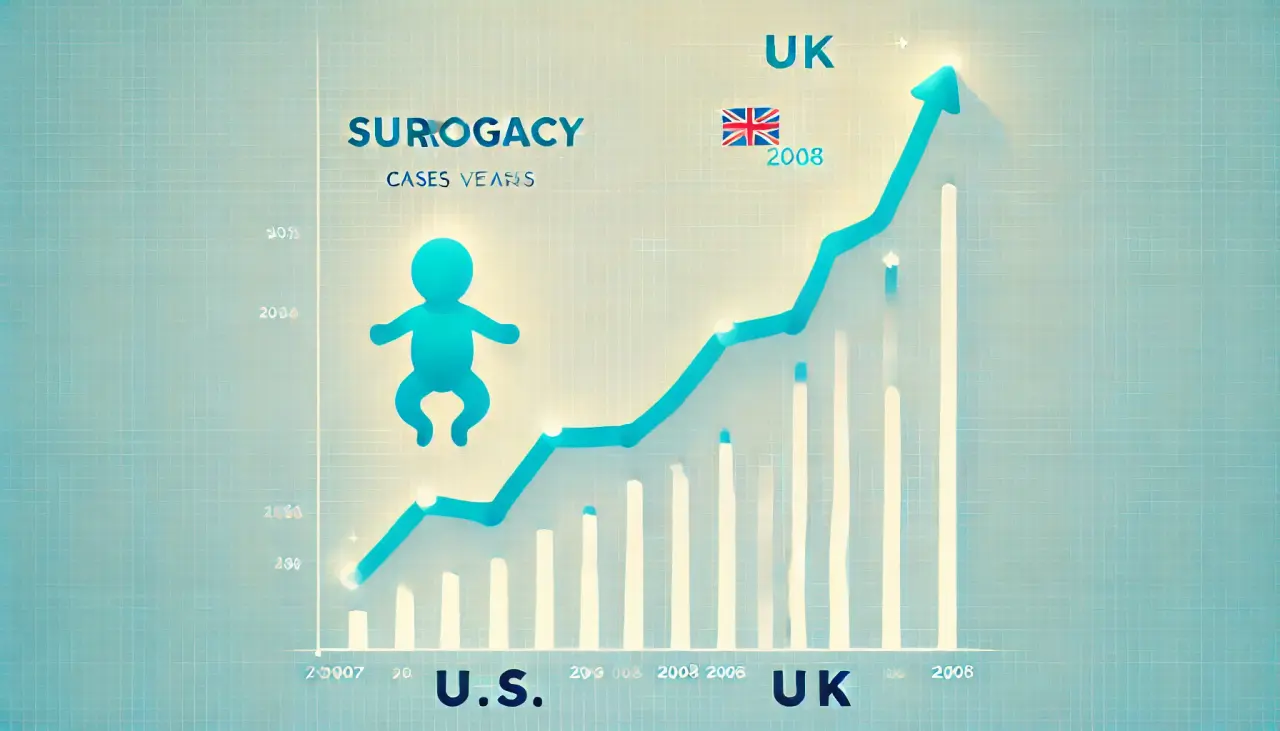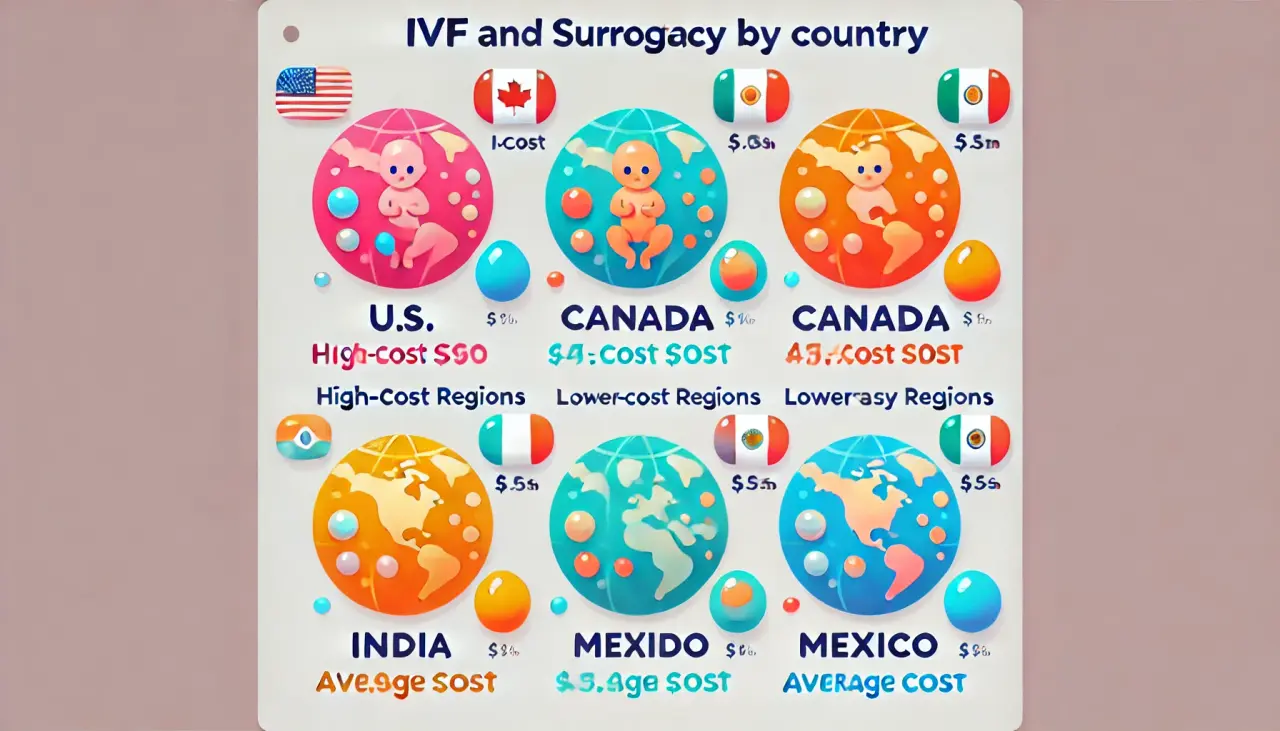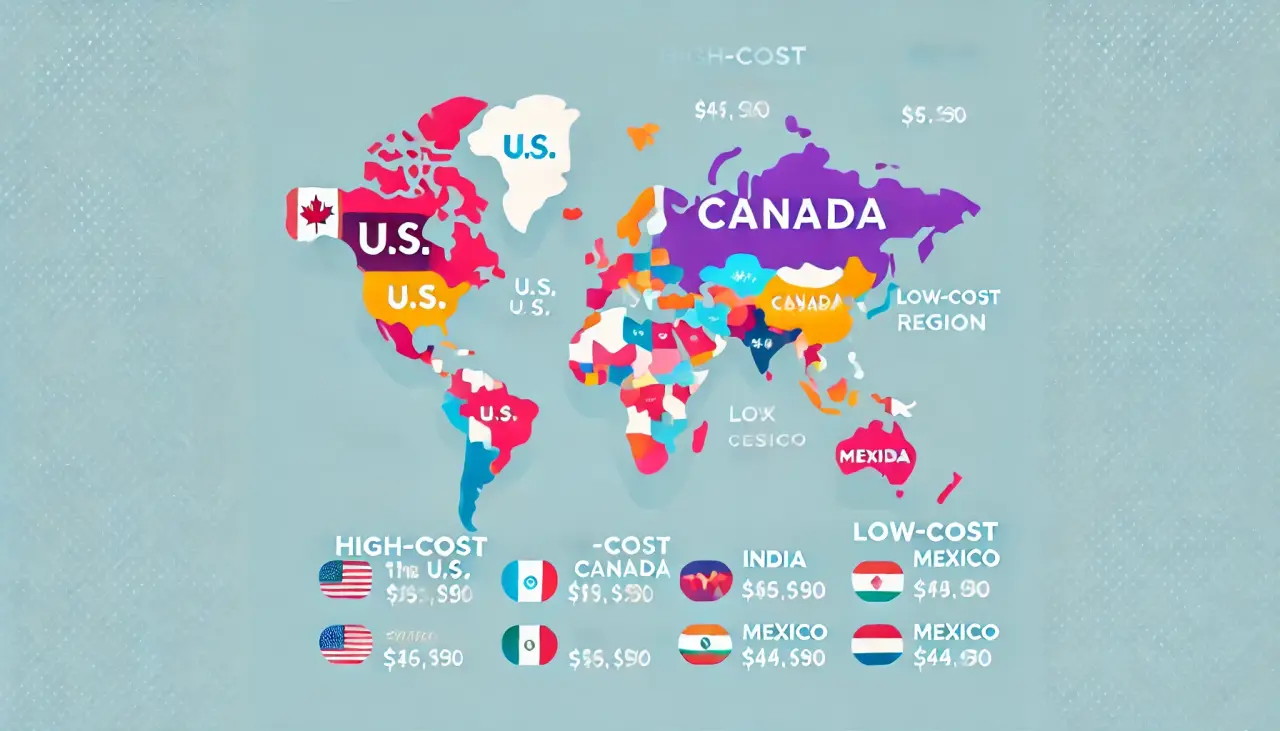
Global Surrogacy Data and IVF Success Rates: Trends, Costs, and Success Metrics
Surrogacy offers hope for those unable to conceive naturally, and both its prevalence and demand are rising globally. For intended parents navigating this path, understanding global surrogacy data and IVF success rates is crucial. This article explores key surrogacy trends, surrogacy case statistics, and factors affecting IVF success, such as the age of the surrogate and the type of embryo transfer used.

The Rising Demand for Surrogacy Worldwide
Surrogacy cases have steadily increased worldwide. In the U.S., surrogacy cases surged by 28% between 2007 and 2010, with over 35,000 surrogacy cases recorded by 2011. Other countries, including the UK, have also seen a notable rise, with surrogacy births increasing by 255% between 2008 and 2014. Data shows that more British citizens seek surrogacy services abroad, particularly in countries that offer established medical services and favorable surrogacy laws.

Success Rates of IVF in Surrogacy: Age and Method Impact
The success rates of IVF for surrogacy based on surrogate age reveal critical insights. Surrogates under 35 typically have a success rate nearing 60%, while older surrogates experience a decline in success. Advanced techniques, such as blastocyst transfer, have enhanced success rates, with fresh embryo transfers yielding success rates around 60% and frozen transfers around 45%. Preimplantation genetic diagnosis (PGD) increases the implantation rate to approximately 80%, although surrogacies using the intended mother’s eggs generally have lower success due to age or health factors.

Surrogacy Costs by Country: A Global Overview
Surrogacy costs vary significantly across regions, with the U.S. offering some of the most comprehensive but costly services, averaging $140,000 to $180,000 for a complete package. Canada’s costs are comparable, while more affordable options exist in India and Mexico, where surrogacy costs range from $40,000 to $80,000. However, countries like Thailand have implemented restrictions, particularly on foreign intended parents, following recent high-profile cases.